Making your own lye soap with bacon grease at home is a satisfying DIY project. Not only is it easy and affordable, but it results in a gentle, moisturizing bar of soap with a light bacon scent.
As a home soap maker, you can put leftover bacon grease to good use. Instead of pouring it down the drain, render and purify it for soapmaking This prevents food waste while creating handcrafted soap your family and friends will love
Follow my step-by-step instructions to render bacon grease and turn it into cold process soap. I’ll explain how to clean the grease, make a lye solution, and mix up natural soap that’s better than any store-bought bar.
Why Make Soap with Bacon Grease?
Before we get started rendering tubs of bacon fat, you may be wondering…why would I want to make soap out of this?
Here are some excellent reasons to make lye soap with bacon grease
-
It’s economical. Bacon grease is free if you save drippings from cooking bacon. Making soap out of it prevents waste.
-
Natural moisturizing qualities. The fats in bacon grease provide moisturizing properties when saponified into soap. Your skin will feel soft and smooth after using.
-
Light bacon scent. Bacon grease gives soap a subtle smoky, salty scent. It’s noticeable but not overpowering.
-
Cold process method. Making lye soap with bacon grease uses a simple cold process method and few ingredients.
-
Fun weekend project. Rendering bacon grease into soap is an enjoyable, rewarding DIY project for a Saturday or Sunday.
-
Handcrafted appeal. A handmade bacon soap bar makes a great gift or decoration for your bathroom.
Now that you know why bacon grease works well in natural lye soap, let’s get cooking!
Render and Clean the Bacon Grease
Before using bacon drippings to make soap, you’ll need to render and clean the grease properly. Raw bacon fat contains particles of food and has a strong smell.
Rendering cleans the impurities and reduces odor through boiling, cooling, and separating steps. Here is the basic process:
1. Gently heat the bacon grease in a saucepan. Add about twice as much water as grease to the pan. The water helps filter impurities. Heat over medium, being careful not to boil over.
2. Allow to boil for 10-15 minutes. The water and grease will begin to emulsify, taking on a creamy look. Stir regularly as it boils.
3. Remove from heat and pour into a container. Let the mixture fully cool in the refrigerator overnight. The grease will rise to the top.
4. Scoop off the hardened grease. Repeat steps 1-3 until the grease is purified, about 3-5 times.
5. Optional: Strain through a coffee filter to remove remaining bits. Your lard is now ready for soapmaking!
I like to render the bacon fat in my slow cooker on low for 8-10 hours instead of stove-top boiling. This gentle method leaves me with clean, white lard ready for soap.
Make a Lye Solution
With your purified bacon grease prepped, it’s time to make the lye solution. This creates the chemical reaction that turns oils into solid soap.
Safety first: When handling lye, wear gloves and eye protection. Work in a well-ventilated area. Lye can cause severe burns if it touches skin or eyes.
Here’s how to make the lye solution:
1. Weigh the lye. Use sodium hydroxide-based lye, also called NaOH. Measure the amount needed for your recipe.
2. Add the lye to cold distilled water. Carefully pour the lye into the water. Never add water to lye. Stir continuously until fully dissolved.
3. Allow the lye solution to cool. Bring down to around 100°F before using in soap. This important step prevents a dangerous “lye volcano.”
4. Clean up spills properly. If you spill, wipe with vinegar and rinse thoroughly with water to neutralize.
Once your lye solution is ready, you can move onto mixing the soap batter.
Mix the Soap Batter
Now for the fun part – combining the lye solution and oils to make soap! This is called tracing the batter. Follow these steps:
1. Melt the bacon grease if it’s solidified. Heat gently until liquid. Add other oils called for in your recipe if desired.
2. Allow the oils to cool until under 100°F. They must be cool to mix with the lye solution.
3. Add the lye solution to the oils. Stir continuously to fully incorporate. Use a stick blender for fastest tracing.
4. “Trace” the batter. It will begin to thicken like a light pudding. This can take 5-30 minutes depending on factors like oil types.
5. Add ingredients at trace. Stir in additives like essential oils, colors, botanicals, or clay. Mix well.
6. Pour the batter into soap molds. Your batter will be thick like cake batter when ready to pour.
7. Allow soap to cure. Curing takes 4-6 weeks. This evaporates excess moisture and completes saponification.
And that’s it – you just made lye soap with bacon grease from scratch! Now onto the fun part of designing your own signature bacon soap recipes.
Recipe Ideas for Bacon Grease Soap
Bacon grease can make up 100% of the oils in your soap recipe. But it’s common to combine it with moisturizing oils like olive, coconut or avocado.
I like to use 20-50% rendered bacon fat in my recipes. This provides gentle cleansing from the bacon grease along with nourishing oils for a balanced bar.
Here are some suggested recipes to try for your own bacon soap experiments:
Basic Bacon Soap
- 20% Bacon Grease
- 35% Olive Oil
- 25% Coconut Oil
- 20% Avocado Oil
Smokey Bacon Soap
-
50% Bacon Grease
-
25% Olive Oil
-
20% Palm Oil
-
5% Castor Oil
-
Activated Charcoal for color
-
Woodsy essential oil like cedarwood
Farmhouse Bacon Soap
-
40% Bacon Grease
-
20% Lard
-
25% Canola Oil
-
10% Cocoa Butter
-
5% Shea Butter
-
Dashes of cinnamon powder
-
Maple fragrance oil
Feel free to get creative with your own signature bacon soap recipes! Play around with different oil combinations, colors, scents, and ingredients. Homemade lye soap is very forgiving.
Tips for Making Bacon Grease Soap
Here are some helpful tips to make your bacon fat soapmaking go smoothly:
-
Render the grease 2-3 times minimum to remove impurities. More is better for purity.
-
Use full protective gear when making the lye solution. This step can be dangerous.
-
Allow the lye solution and oils to fully cool before mixing together. Around 100°F or lower is best.
-
Stick blend in short 5-10 second bursts to reach trace faster. Don’t overblend.
-
Add any milk, citrus, or temperature-sensitive ingredients after tracing so they don’t burn.
-
Pour into molds quickly once traced, before the batter gets too thick.
-
Wait at least 4 weeks before using your cured soap for best results.
-
Grind and use any leftover soap scraps for laundry soap. Nothing goes to waste!
Now you’re ready to try your hand at making lye soap with bacon grease! Follow the steps to render, make the lye solution, and mix your soap batter. Get creative with fun bacon soap recipes to make bars your whole family will love.

Step 4: Purify the Fat
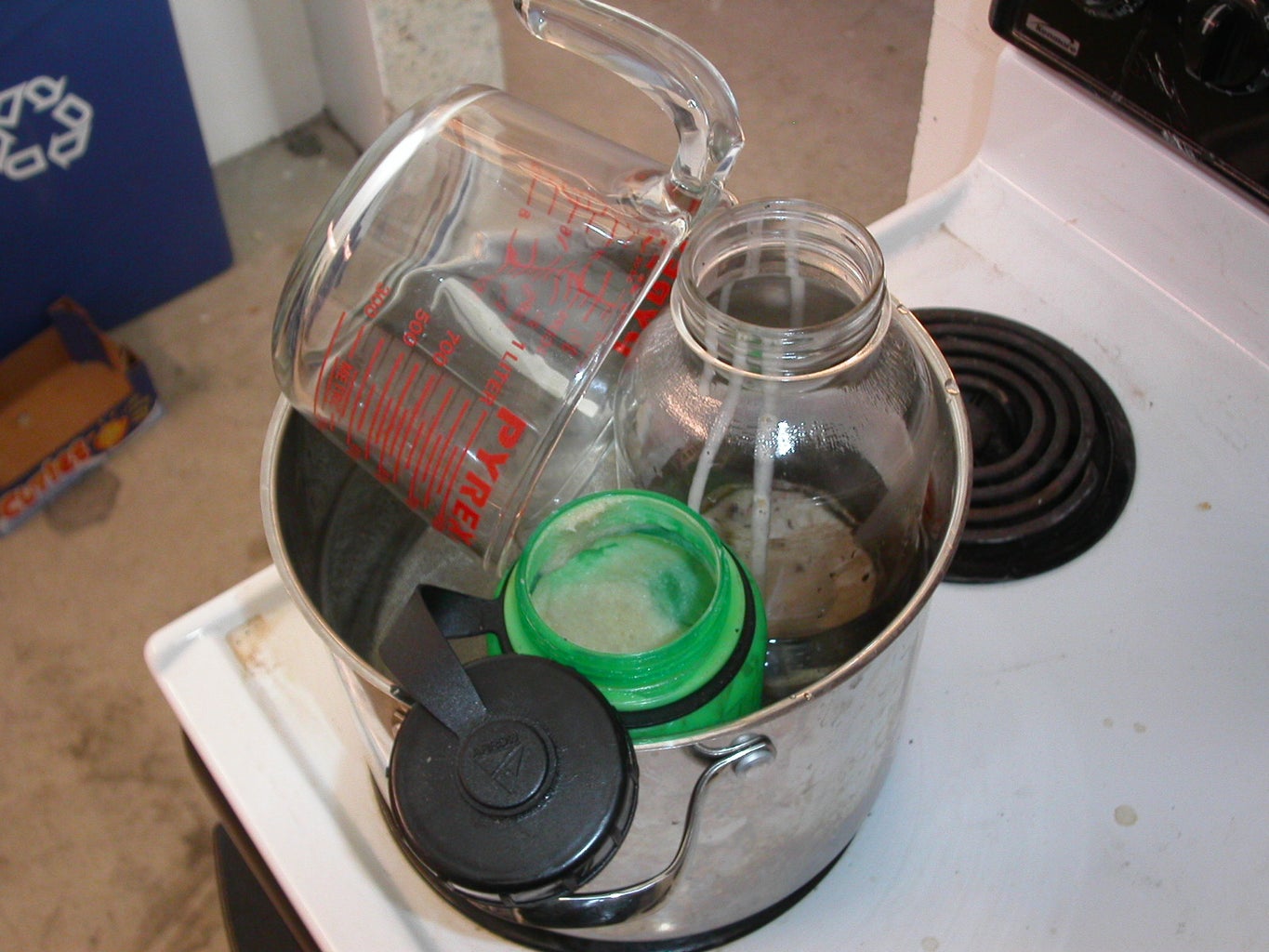
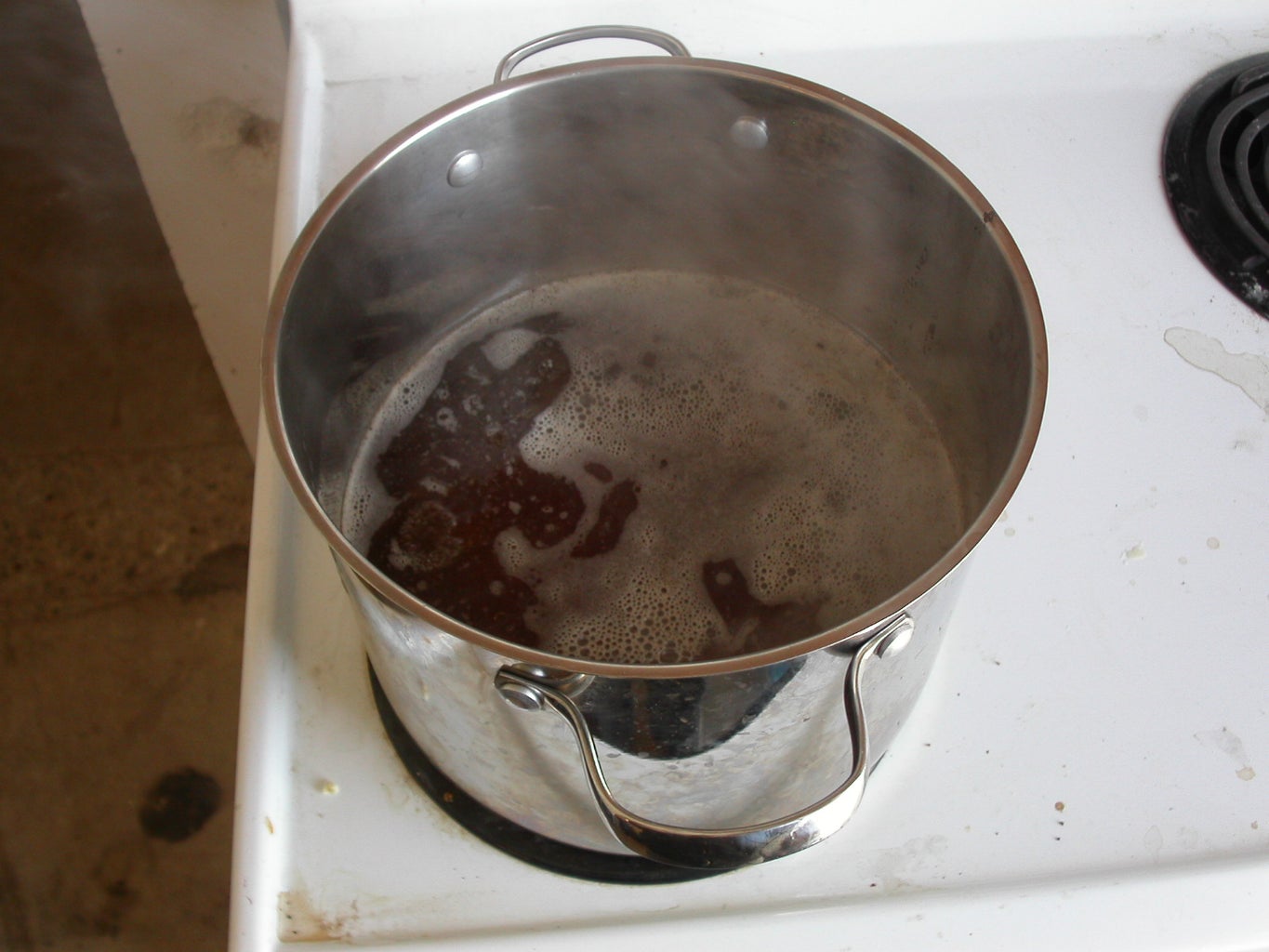

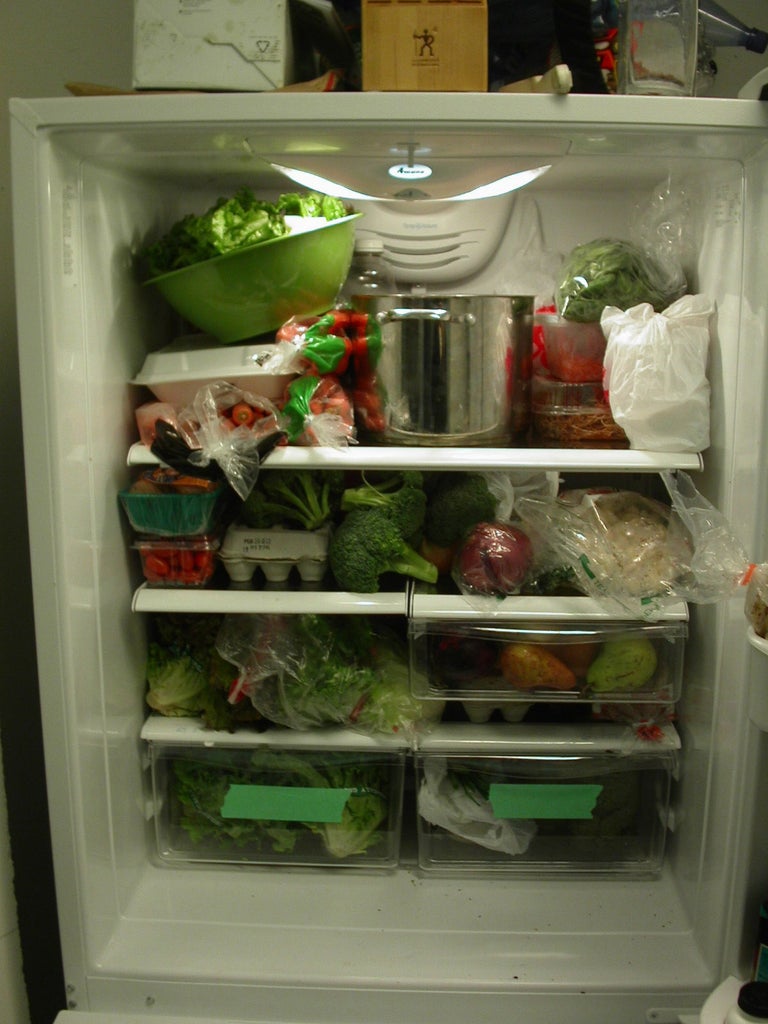
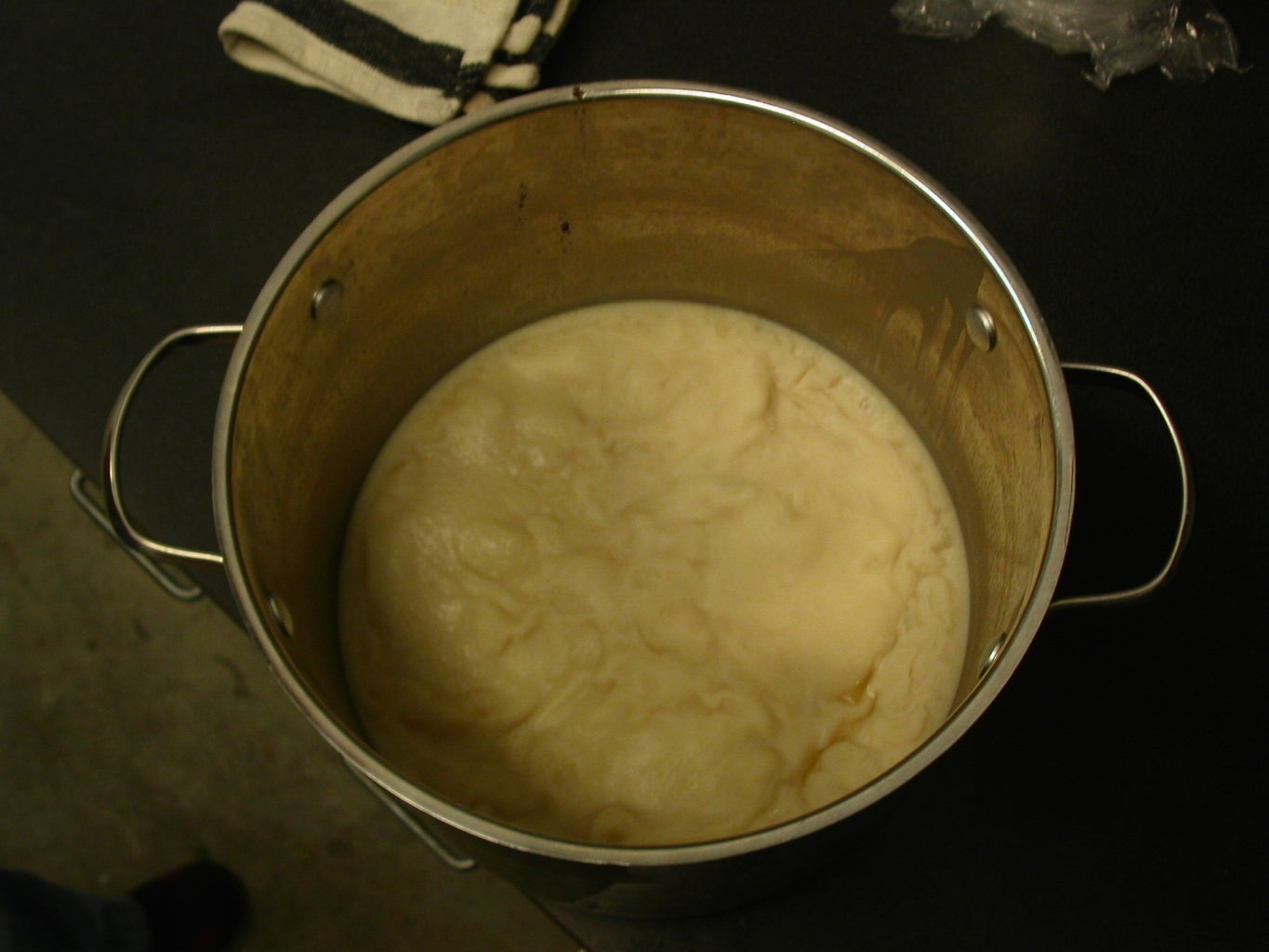
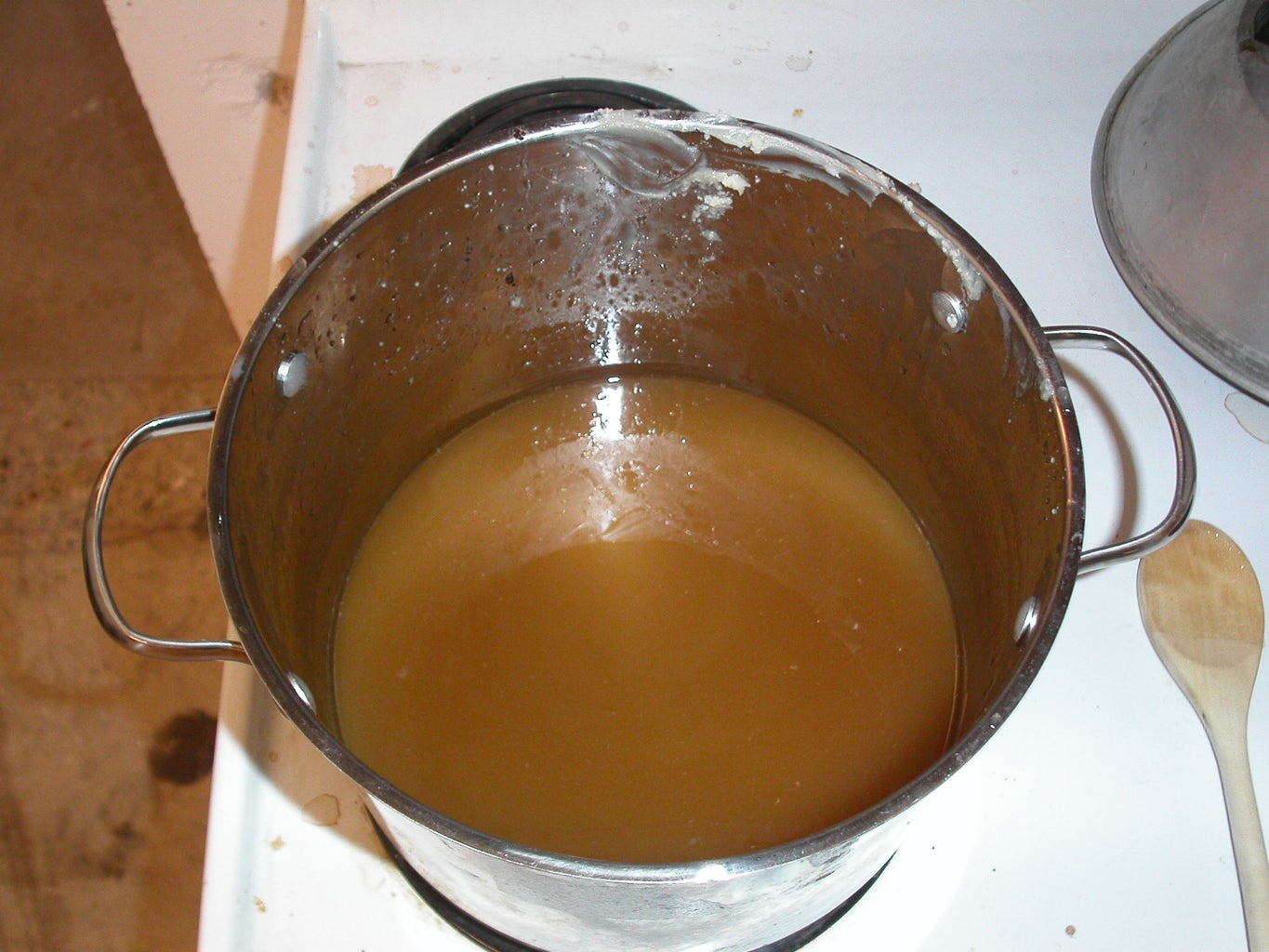
The first thing you have got to do with the rendered bacon fat is to purify it. It will probably have a lot of little bacon bits in it when it comes out of the bacon pan, storage jug, or rendering pan. We don’t want any of those to get into the soap because they will probably go bad and stop the curing process. To clean the fat, you must first slowly heat it up and bring it to a boil in a pot with a lot of water added. Before I could get the lard out of the containers and into the pot, I put the fat containers in a hot water bath to melt the fat. The fat was soft enough to pour or scrape out of the containers. I put them in a big pot and mixed about 4 cups of fat with 8 cups of water. The fat shouldnt be boiled alone. Use about two times as much water as fat you would like to purify. Putting the water and liquid bacon fat in the pot, I slowly heated the mixture and brought it to a slow boil. Be careful not to splash the mixture all over the place as you do this. I let it simmer for a little more than an hour. After that, it had greatly reduced in size and looked cleaner, but it didn’t smell any better. Take the mixture off of the heat and transfer it to the refrigerator until it solidifies again. (Look at the fridge where the bacon fat is cooling—have you ever seen so many vegetables? I hope the bacon fat didn’t feel bad about being in there.) If you have a lot of fat and keep it in the fridge for two to eight hours, the fat will solidify. Once it does, you need to move the fat cake from the pot to another large pot. Now you’re trying to pour only the fat into the new pot. Leave the watery stuff and the bacon bits that have separated from the fat glob behind. You want the pure fat cake that’s sitting on top of the water and nasty bacon bits. I did this with my hands because pouring it into the new pot won’t work well because you won’t be able to touch the fat glob. Take the solidified purified fat and return it to the stove. You want to heat it up just so it turns into a liquid. Don’t make it too hot; the next step will depend on it being at the right temperature. Sold, liquid, solid, liquid – make up your mind fat!.
Step 1: Find Bacon Fat

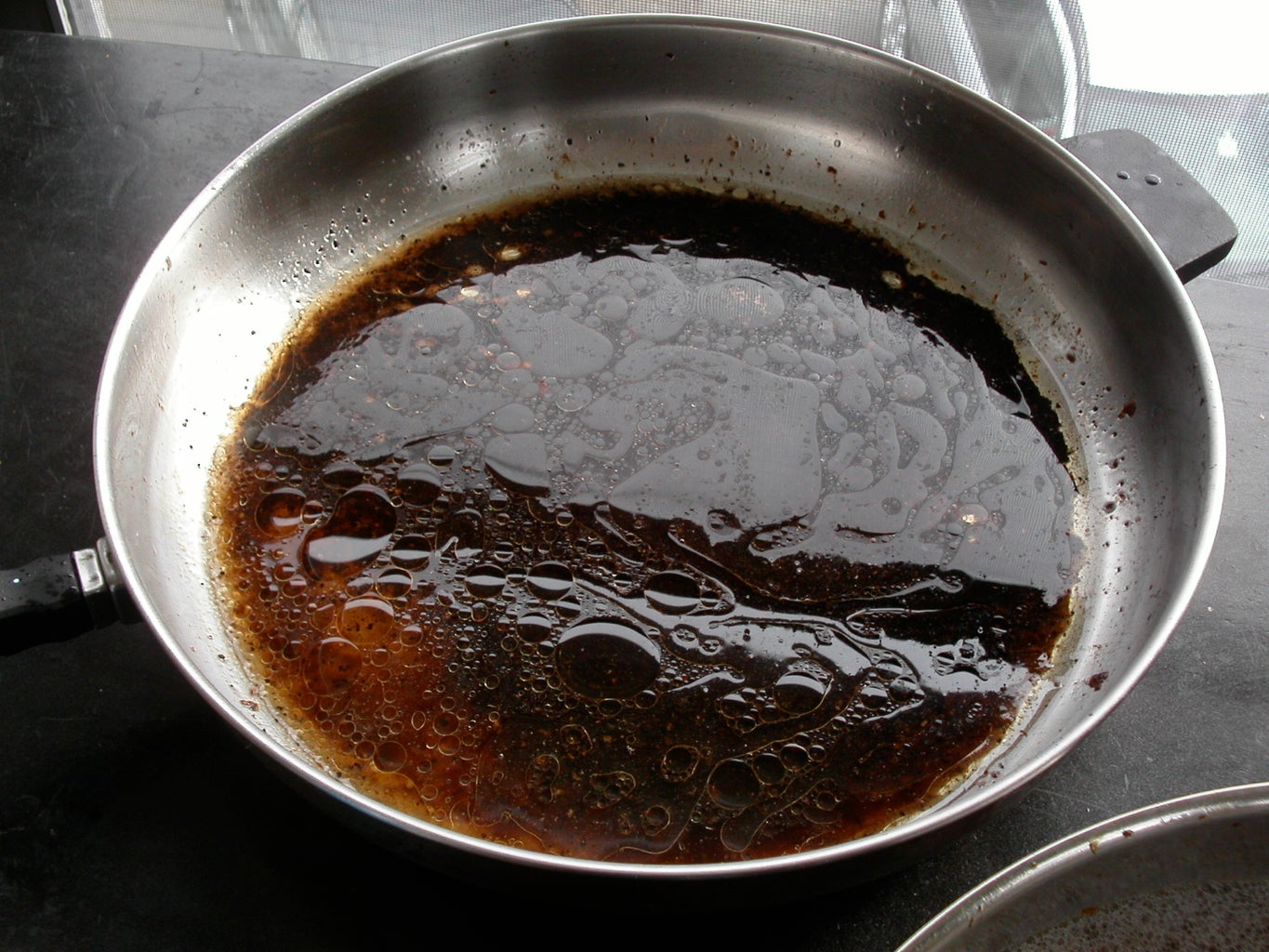

You can get bacon fat from a variety of sources. I got my bacon fat from working as a white water rafting guide over the summer. Day three of a five day rafting trip means bacon for breakfast, lots of it. I put the rendered fat in plastic water bottles because I wanted to use the grease to make a bacon fat bomb, which is basically a concentrated grease fire. But what I didn’t use to make grease bombs went home with me and sat on the shelf for a while. After making bacon a few times at home, I had a little more than a quart of bacon fat ready to use. To make your own bacon fat, you just need to cook bacon. If you want to make enough fat for a big batch of soap, I recommend cooking at least 10 pounds of bacon. One liter of fat from that much bacon made about 12 bacon soap strips and another 12 small to medium-sized bars. You can cook less bacon if you want to make less soap. The fattier the bacon you buy for this the better results you will have. Also, cooking it in a pan on the stove is the best way to do it. Don’t bother with microwave tricks; you won’t gain nearly as much fat. There is no need to worry if a lot of black and brown bacon gets into your rendered fat; they can be made pure again. You can also buy lard at the grocery store without the bacon. But buying the lard without the bacon seemed like cheating when doing something as awesome as making soap out of bacon. If you want to save time and money, buying the lard directly would be best. Note: I learned on the river that putting old coffee grounds into a dirty bacon fry pan and letting it sit for about 30 minutes works well to clean it. This is a much easier way to get rid of the blackened crud on the pan’s bottom than going at it straight on. ***Get a big plastic or glass jar if you’re going to store bacon fat for a long time. Don’t forget to let the fat cool down before putting it in the container. If you do, it might crack or melt.
How to Make Soap From Bacon Grease
FAQ
Can you use bacon grease to make lye soap?
Can you make soap from cooking grease?
How do you make lye soap from scratch?
How do you make lye soap from pig fat?
Can you use bacon grease to make soap?
Instead of throwing away the grease, we decided to reuse the grease to make soap. First, it needed a little TLC. You can see the lard below. It still had a lot of bacon bits, and was quite smelly. This bacon grease can be used for soap, but it still has a lot of icky bacon bits inside. It needs to be cleaned up a little. =)
How do you make soap out of bacon fat?
To make soap out of the bacon fat it’s useful to understand a little bit about whats going on. To make soap you need just three ingredients – some kind of pure fat, water, and lye. The lye chemically turns the fat into soap through a process called saponification.
Can you make soap from Bacon?
How to Make Bacon Soap: Soap can be made from just about any kind of fat. Even though fat from bacon, called lard, isn’t the finest of fats to use for making soap, it somehow seemed to be the most exciting. Why? Because bacon is amazing. It has an almost mystical power…
How does Lye turn fat into soap?
The lye chemically turns the fat into soap through a process called saponification. Thats when the triglyceride molecules in the fat bond with the sodium hydroxide molecules (lye) and form 1 new soap molecule and a glycerin molecule. You can check out James Hershberger’s chemical explanation of saponification to learn more.
